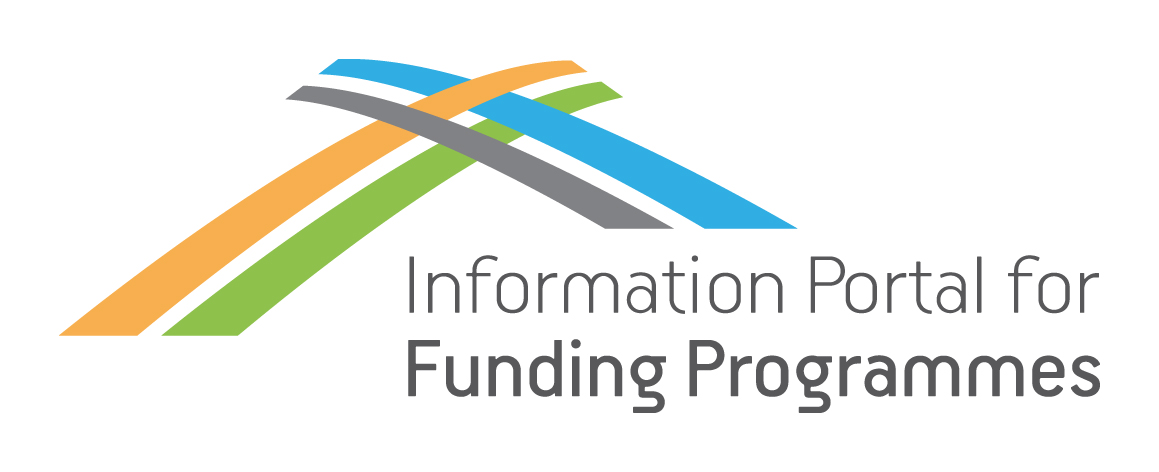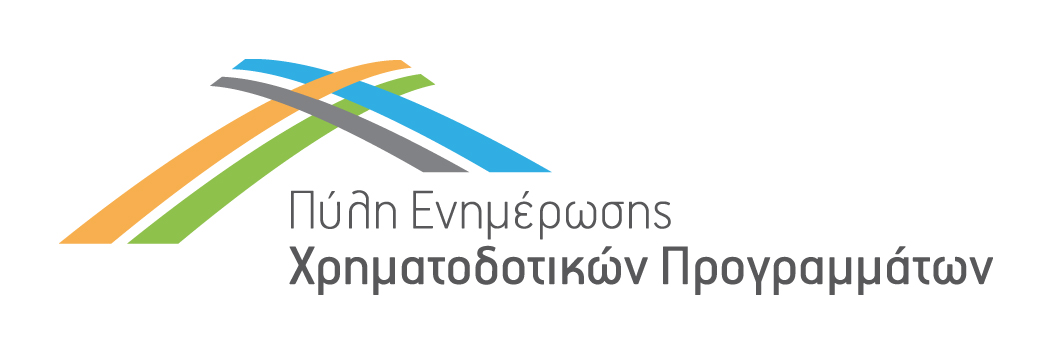Programme Category
Programme Name
Programme Description
IHI JU is based on the idea that interdisciplinary and cross-sector collaboration will enable perspective and breakthrough innovations in healthcare, including the pharmaceutical industry but also new fields such as biopharmaceuticals, medical technologies and biotechnologies.
Identifier Code
Call
Summary
The overall aim of this topic is to establish a consensus-based digital label concept applicable to all types and classes of medical devices and IVDs, making use of existing technologies that will be further improved to suit medical technology products specifically.
Digital label: is a form of e-labelling provided as an array of elements supporting a medical technology product.
Detailed Call Description
A digital label is a form of e-labelling provided as an array of elements supporting a medical technology product, which is additional to critical information on the printed label (identification and traceability of the device, warnings and precautions, handling and use information). Access to the digital label is achieved, for example in the form of barcodes, 2D data matrix, QR codes, etc., which provides a scannable link to curated digital landing pages (websites) where the additional information will be displayed.
While many medical technology products are decreasing in physical size, mandatory requirements for additional product compliance information are growing, which leads to various problems. Users might find it difficult to locate the desired information on the label due to the extensive text and small print.
Manufacturers have to update their entire physical label if they change an economic operator. Such label changes have an impact on the environment, product availability and inventory and they cause inefficiencies and ultimately raise costs. Local requirements for the label regarding device disposal are rising and lead to increased amounts of packaging (and therefore later increased amounts of waste). In case of new environmental legislation, the physical label needs also to be updated during the device’s lifetime.
- Note that this topic does not cover medicinal products, except combination products that fall under the scope of MDR/IVDR regulations and are, therefore, regulated as devices.
- Furthermore, this topic does not directly address the electronic provision of IFU (instructions for use) as this is already allowed for certain medical devices and IVDs in the EU. Access to eIFU through the digital label is only an additional benefit to facilitate access to all relevant information in one place (on top of the means of delivery allowed currently by MDR/IVDR).
- The scope of this topic does not address post market surveillance aspects.
To fulfil the overall aim, the action funded under this topic must:
- deliver a framework for:
- mapping of data elements that must be physically present on the label and those that the manufacturer can provide digitally. The framework will consider the requirements of EU Regulations (MDR General Safety and Performance Requirement (GSPR) 23.1, IVDR GSPR 20.1; the Packaging and Packaging Waste (PPWD) Directive; Digital Product passport, waste and packaging, battery, etc.) and is meant to also support future EU legislation (or transposition thereof in Member States).
- a standardised concept in providing digital content and structure for the medtech manufacturers taking into account the different device types.
- define and make publicly available key performance indicators (KPIs) (e.g. trends of access and digital content type) or other measures to assess the acceptability and workability of the potential digital label solution(s), provided by manufacturers, and to be tested with end users (HCPs and patients).
- generate evidence on the acceptability and usability of digital label solutions through testing in a variety of use environments that will be defined by the full consortium. This will include user feedback on behaviour changes in a variety of use environments. The action should also make the results of testing, analysis and conclusions public.
- conducting usability studies will support end-user age demographics and capture metrics on the acceptability/usability of end-user participants’ potential disabilities related to interacting with digital technologies.
• engage with all relevant stakeholders (e.g. HCPs, patients, national competent authorities, notified bodies) throughout the project lifetime to get robust input through consultations, surveys, workshops and testing in order to:- maximise end user adoption (and understanding) of digital labels;
- ensure that concerns and demands of end users and regulators are met.
- based on the results of testing and body of evidence gathered, develop recommendations on digital labels to inform relevant stakeholders, regulators, policy makers, and the relevant ISO/IEC bodies for the possible development of ISO/ IEC standards for digital labelling for medical devices and IVDs (or for the update of an existing standard) – note that the standard itself will NOT be developed during the lifetime of the project.
- ensure appropriate knowledge dissemination via:
- developing training materials;
- subsequently finetuning training material for deployment to the public at large in all EU national languages: end users (HCPs, patients) / regulators (national competent authorities) / notified bodies in the EU Member States and any other relevant stakeholders;
- facilitating awareness and communication with other global jurisdictions’ digital label initiatives.
Applicants should develop a strategy and plan for generating appropriate evidence as well as for engaging and formally consulting with regulators (e.g. national competent authorities).
Call Total Budget
Thematic Categories
- Health
- Information Technology
- Research, Technological Development and Innovation
Eligibility for Participation
- Legal Entities
- Legal Entities under Public Law
- Local Authorities
- Other Beneficiaries
- Parliamentary Bodies
- Private Bodies
- Researchers/Research Centers/Institutions
- State-owned Enterprises
Eligibility For Participation Notes
This new approach of providing information on the label digitally will therefore need all stakeholders (industry, health institutions, healthcare professionals, patients, researchers, including researchers in health literacy, regulators (national competent authorities) and notified bodies to work together in a neutral framework to lay the groundwork for a sustainable and user centred healthcare information delivery in the EU and ensure its regulatory acceptance.
An aligned multistakeholder approach to the digital label will ensure the speedy success of this concept.
The pre-identified industry consortium that will contribute to this cross-sectoral IHI JU project is composed of the following medical technology industry beneficiaries (‘constituent or affiliated entities of private members’):
- Arthrex (lead)
- bioMérieux
- Johnson & Johnson
- Terumo
- Thermo Fisher Scientific
In the spirit of partnership, and to reflect how IHI JU two-stage call topics are built upon identified scientific priorities agreed together with a number of proposing industry beneficiaries (i.e. beneficiaries who are constituent or affiliated entities of a private member of IHI JU), it is envisaged that IHI JU proposals and actions may allocate a leading role within the consortium to an industry beneficiary.
The pre-identified industry consortium expects to contribute to the IHI JU project by providing the following expertise and assets:
- IT infrastructure provision and IT expertise;
- expertise in labelling; regulatory affairs and intelligence; clinical research, marketing and communications, global supply chain management, project management etc.;
- usability engineering.
Applicant consortium
The first stage applicant consortium is expected, in the short proposal, to address the scope and deliver on the expected outcomes of the topic, taking into account the expected contribution from the pre-identified industry consortium.
This may require mobilising the following expertise and/or resources:
- project management experience in running multi-stakeholder, cross-sectoral projects;
- digital labels for medical devices;
- healthcare, medical device engineering and design, as well as medical device regulation and compliance;
- demonstrated experience in interacting with regulators, citizens and/or patient representatives, health care professionals;
- data standards and interoperability;
- software and digital health;
- legal, patient literacy, health literacy, ethical, social science.
At the second stage, the consortium selected at the first stage and the pre-defined industry consortium will form the full consortium. The full consortium will develop the full proposal in partnership, including the overall structure of the work plan and the work packages, based upon the short proposal selected at the first stage.
Call Opening Date
Call Closing Date
EU Contact Point
Innovative Health Initiative:
Τelephone: +32 (0)2 221 81 81
Email: infodesk@ihi.europa.eu
Address:
- IHI JU – TO56, 1049 Brussels – Belgium
- Ave de la Toison d’Or 56-60, 1060 Brussels – Belgium




